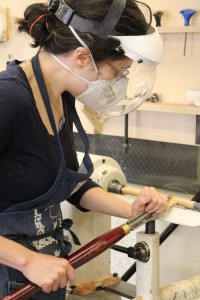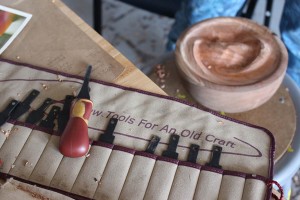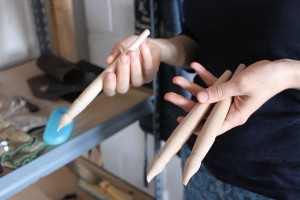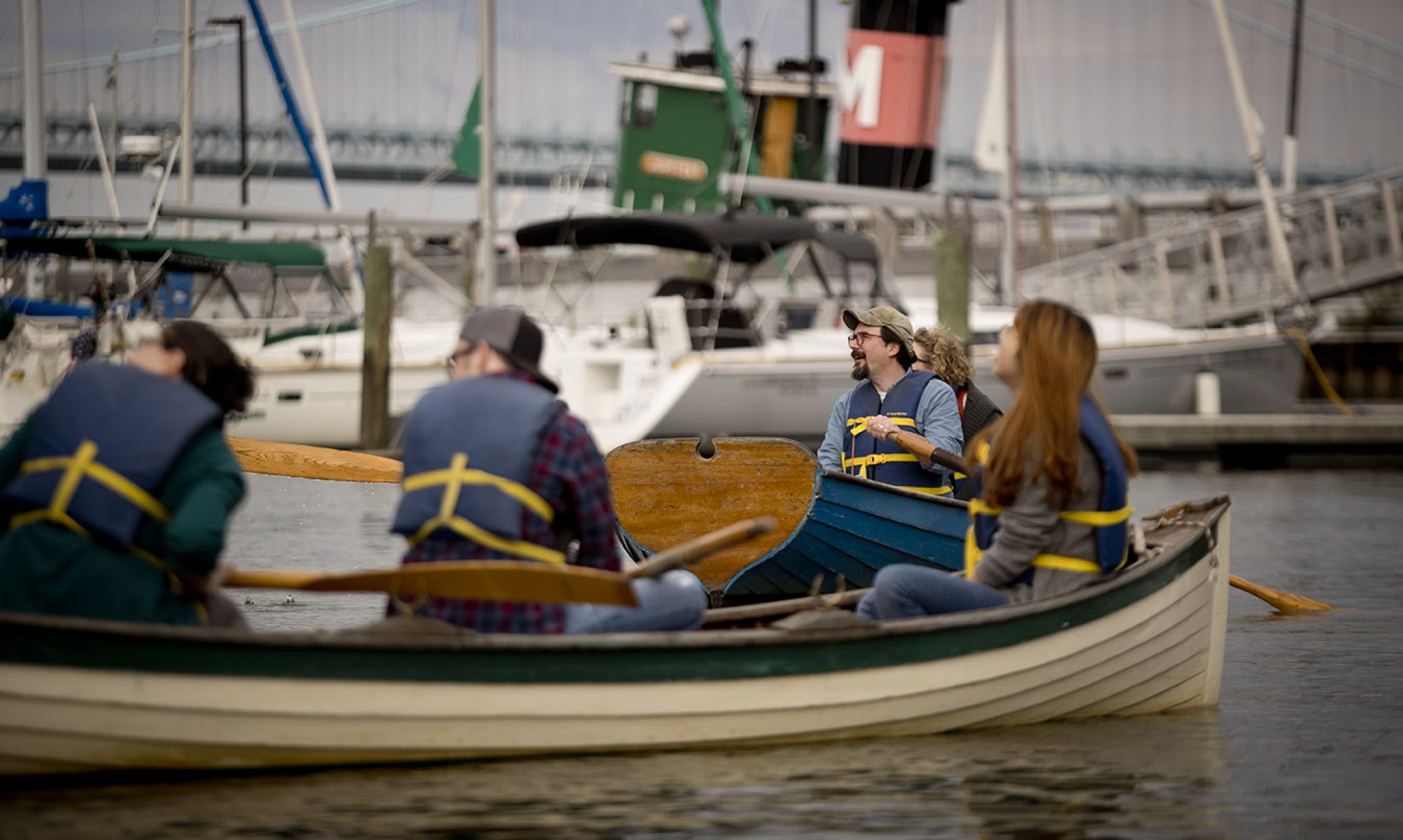
Look long enough at Julia Harrison’s work and you may feel like you’re staring. That is, in fact, precisely the point. Harrison explains that “the act of looking really hard at another person to try to figure out what the hell they are thinking or feeling or talking about is a universal thing.” It’s a theme most immediately evident in the pursed lips and oblique eyes that appear specimen-like in Harrison’s hand-carved brooches and wall sculptures. Though these pieces invite our gaze, the ambiguity of their expressions unsettle us into considering what it means to look and to be looked at. “The specifics are different,” she adds, but “the grasping for understanding is everywhere.”
The playful reflexivity of Harrison’s fanciful body parts reveals a mingling of art and anthropology. Professionally, Harrison wears both hats. She was inspired early on to study the anthropology of craft, but was frustrated by the tendency of ethnographers to ignore processes by which objects get made. A two-year stint studying traditional needlework among Minnesota’s Hmong refugees allowed Harrison to explore linkages between craft technique and the rhythms of daily life. The experience was formative, and it encouraged Harrison to turn her anthropological lens on another favorite topic: sweets. In recent years, she has blogged, mapped, and exhibited research into the complex web of cultural forces that sustain our global appetite for sugary foods and fantastic confections.

Looking also figured prominently in Harrison’s path to wood art. Although formally trained as a metal artist, Harrison warmed to carving wood while studying conservation science in England. Previous experiences with basswood had been unsatisfying, but carving small objects from aged boxwood was different: “I could get it to hold all of these tiny details.” Harrison next traveled to Japan, boxwood in tow, and acquired tools suitable for working in a small apartment. She recalls being surrounded by Japanese wood art. “My first teacher was just going and looking at things … and trying to imagine, if this is what the carving looks like now, what kind of shaped block would it have come out of.” Learning by looking enabled Harrison to engage Japanese artisans through careful acts of observation.

Years of travel explain the prevalence of small objects in Harrison’s body of work. “I had to have things that were really really small, really durable [and] I had to figure out ways of making things more engineered than they look.” Even more significantly, Harrison explains, she had to learn to work “subtractively.” “Even if I was having a bad day … I could look at those wood chips and think … at the very least it’s getting more portable.” The press of travel, however, has preserved within Harrison’s work a material record of the artist’s journey. Bits of wood gathered here and there “become part of the story,” she says. And new places invite new techniques. Turned paintbrushes and miniature dirigibles highlight Harrison’s run with the lathe in Philadelphia. New directions for an artist who is always looking.
